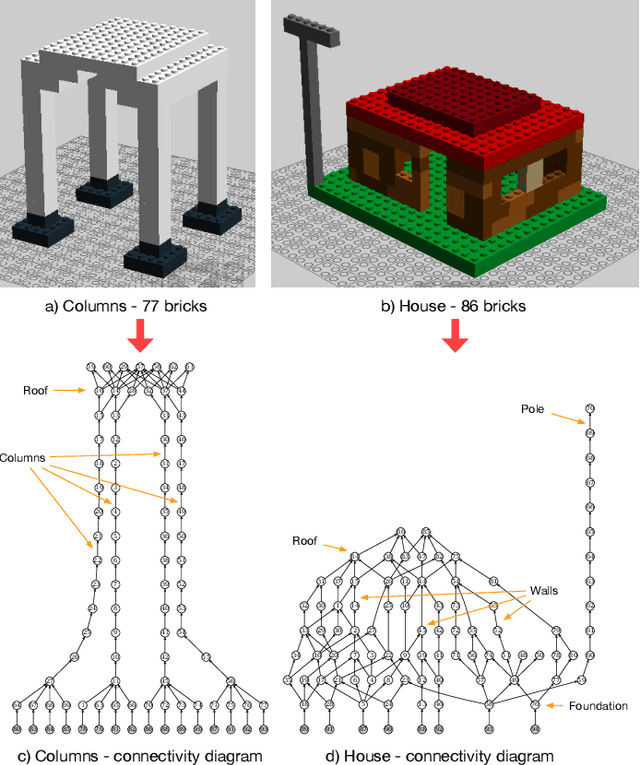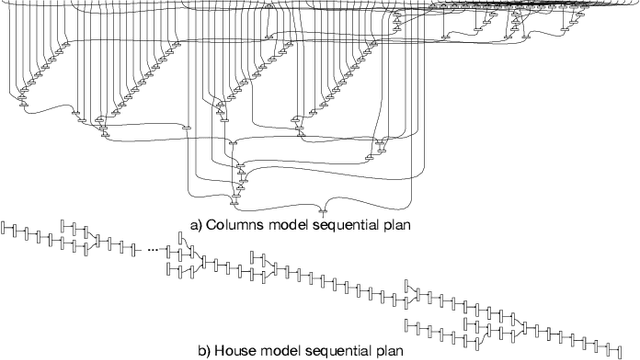Jade Master
Dept. Mathematics, UC Riverside
String Diagrams for Assembly Planning
Sep 23, 2019



Abstract:Assembly planning is a difficult problem for companies. Many disciplines such as design, planning, scheduling, and manufacturing execution need to be carefully engineered and coordinated to create successful product assembly plans. Recent research in the field of design for assembly has proposed new methodologies to design product structures in such a way that their assembly is easier. However, present assembly planning approaches lack the engineering tool support to capture all the constraints associated to assembly planning in a unified manner. This paper proposes CompositionalPlanning, a string diagram based framework for assembly planning. In the proposed framework, string diagrams and their compositional properties serve as the foundation for an engineering tool where CAD designs interact with planning and scheduling algorithms to automatically create high-quality assembly plans. These assembly plans are then executed in simulation to measure their performance and to visualize their key build characteristics. We demonstrate the versatility of this approach in the LEGO assembly domain. We developed two reference LEGO CAD models that are processed by CompositionalPlanning's algorithmic pipeline. We compare sequential and parallel assembly plans in a Minecraft simulation and show that the time-to-build performance can be optimized by our algorithms.
Translating and Evolving: Towards a Model of Language Change in DisCoCat
Nov 08, 2018Abstract:The categorical compositional distributional (DisCoCat) model of meaning developed by Coecke et al. (2010) has been successful in modeling various aspects of meaning. However, it fails to model the fact that language can change. We give an approach to DisCoCat that allows us to represent language models and translations between them, enabling us to describe translations from one language to another, or changes within the same language. We unify the product space representation given in (Coecke et al., 2010) and the functorial description in (Kartsaklis et al., 2013), in a way that allows us to view a language as a catalogue of meanings. We formalize the notion of a lexicon in DisCoCat, and define a dictionary of meanings between two lexicons. All this is done within the framework of monoidal categories. We give examples of how to apply our methods, and give a concrete suggestion for compositional translation in corpora.
* In Proceedings CAPNS 2018, arXiv:1811.02701
 Add to Chrome
Add to Chrome Add to Firefox
Add to Firefox Add to Edge
Add to Edge